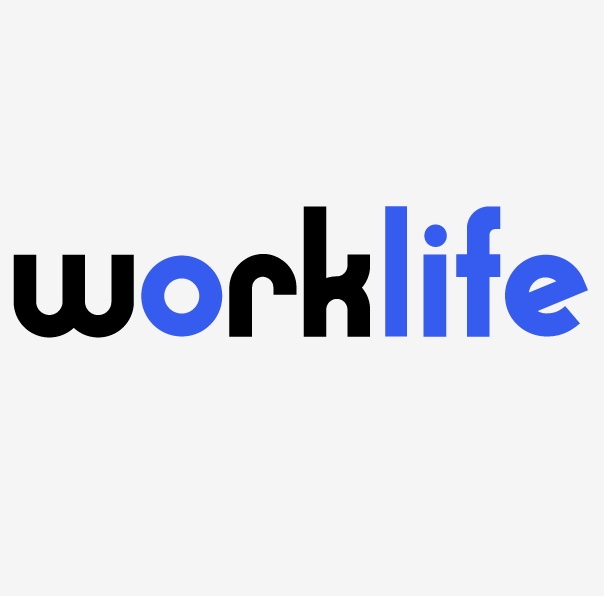
April 6, 2022
After a grassroots union’s victory over Amazon during a vote in Staten Island, N.Y., some tough decisions lie ahead for the company, including how it will respond to the conditions that allegedly led to the unionization vote. Safety, higher wages, more paid breaks and more vacation all were at issue.
‘Extremely Significant’ Win
“The union’s success is indeed extremely significant,” said Dan Altchek, an attorney with Saul Ewing Arnstein & Lehr in Baltimore and New York City.
Of the approximately 8,000 employees at Staten Island’s JFK8 Amazon warehouse who were eligible to vote, more than 5,000 cast ballots, he noted.
“A victory for the union among a group that large cannot be dismissed as inconsequential,” Altchek said. “Other Amazon employees have seen that an organizing drive—one without financial or other material support from any established labor union, it appears—can withstand a campaign by the employer with virtually unlimited resources. This could embolden employees at other Amazon locations who are interested in unionizing.”
Workers were told that the company could not be unionized because of its size and commitment to keeping unions out, according to Sharon Block, executive director of the Labor and Worklife Program at Harvard Law School in Cambridge, Mass. The victory for the Amazon Labor Union at Staten Island shows that this is not true, she said. Block described Amazon’s opposition to union organizing as “fierce” and described its tactics as “a cautionary tale.”
Amazon fired Christian Smalls from the JFK8 warehouse two years ago after he organized a walkout, according to Bloomberg. He later led the organization of the union at his former workplace and will hold a vote at another Staten Island warehouse, LDJ5, in a few weeks.
Company’s Approach Defended
“Amazon doubled down on very aggressive tactics at JFK8,” Block stated, saying those tactics backfired.
However, Peter Spanos, an attorney with Taylor English in Atlanta, said, “Amazon’s efforts to win over the votes of its employees are in no way different from those routinely engaged in by other companies facing union organization drives. None of these activities can fairly be called union-busting tactics.”
Spanos said that a ruling by the National Labor Relations Board (NLRB) that Amazon violated the National Labor Relations Act at its facility in Bessemer, Ala., by placing a mailbox to receive employee votes at the entrance to its warehouse during a union vote there last year has been mischaracterized as a broad criticism of Amazon’s efforts to counter the union organizing drive. Amazon narrowly leads in a revote in Bessemer, although the tally is still too close to call with 400 contested ballots remaining.
“The NLRB hearing officer merely determined that this experiment in using a mailbox at the warehouse created the impression that the NLRB had ceded its authority for collecting ballots to Amazon,” Spanos said. The hearing officer also concluded that Amazon had in some instances improperly distributed its otherwise lawful campaigning literature to employees while the employees’ supervisors were watching, he added.
“Notably, the hearing officer dismissed the union’s more serious allegations that Amazon had threatened and coerced its workers by holding captive audience meetings, by distribution of campaign literature and in conversations with employees,” Spanos said. “These actions are normal and lawful in the context of union organizing drives and elections.”
In a statement in response to the Staten Island vote, Amazon said, “We’re disappointed with the outcome of the election in Staten Island because we believe having a direct relationship with the company is best for our employees. We’re evaluating our options, including filing objections based on the inappropriate and undue influence by the NLRB that we and others—including the National Retail Federation and U.S. Chamber of Commerce—witnessed in this election.”
“Amazon, like most employers, believes that a direct relationship with its employees, rather than one with a third party intervening, creates the most advantageous company culture for both employer and employees,” said Mark Kluger, an attorney with Kluger Healey in Fairfield, N.J. “When union organizers threatened that relationship, Amazon reacted as many employers do, seeking to protect the independence of its connection to its employees and its ability to run its business.”
Difficult Decisions
Amazon now faces the challenge of managing union and nonunion employees who are doing essentially the same work under similar conditions, according to Altchek.
“This situation can lead to several difficult decisions,” he said. “Should Amazon maintain, across the rest of its workforce, the same operational policies and practices that supposedly have been, at least in part, the driving force behind the Staten Island organizing drive? Or should it reassess these policies and practices?”
He said the company might increase pay and benefits for nonunion employees to ward off future organizing efforts.
“Can Amazon negotiate a collective bargaining agreement with the new union that would allow the company to pursue its business strategies?” Altchek asked. “Or will it take a hard line in negotiations to send a signal that further unionization is not going to change things materially at the company? These are all complex decisions with significant implications.”
“Amazon will also need to develop a robust strike plan to address the possibility of a shutdown in a major hub like the JFK8 facility,” added Hugh Murray III, an attorney with McCarter & English in Hartford, Conn.
Steven Horowitz, an attorney with Horowitz Law Group in Far Hills, N.J., said, “Amazon needs to stay focused on providing a fair, safe and profitable business structure in its other facilities, while at the same time addressing any potential employee dissatisfaction issues that drove employees at Bessemer and Staten Island to seek union protection in the first place. That is the primary goal so as to avoid the domino effect at their other facilities.”
Kluger added that the “true story” of whether the workers’ victory would be lasting “will be told if and when there is a negotiated collective bargaining agreement.”
Check out the article here.





